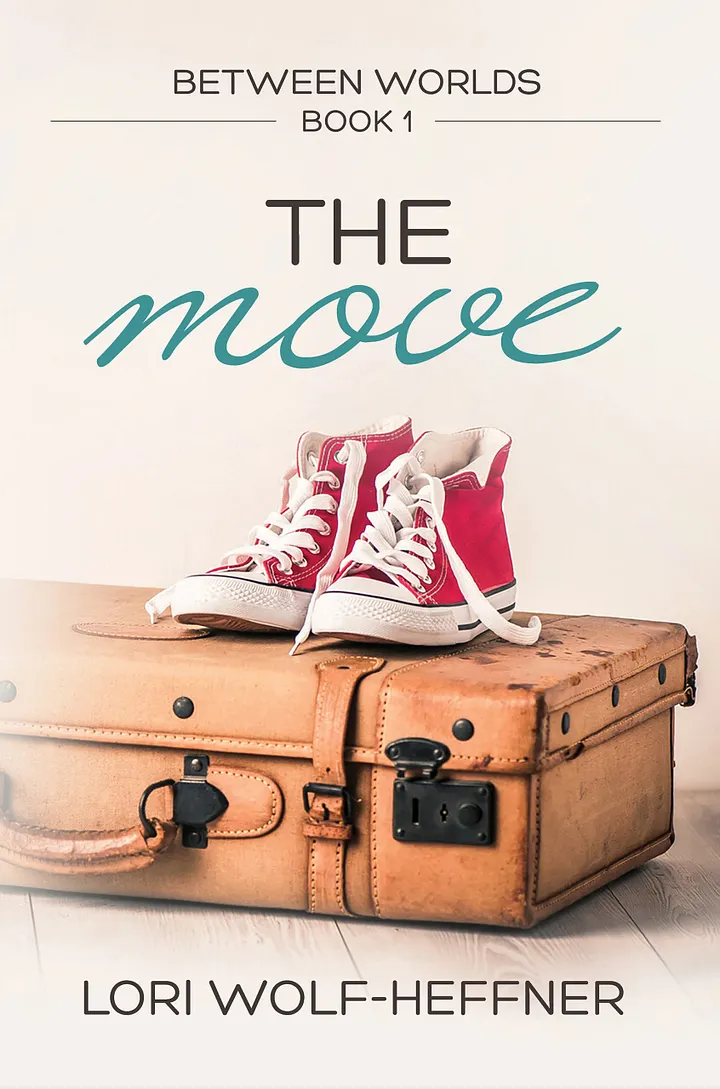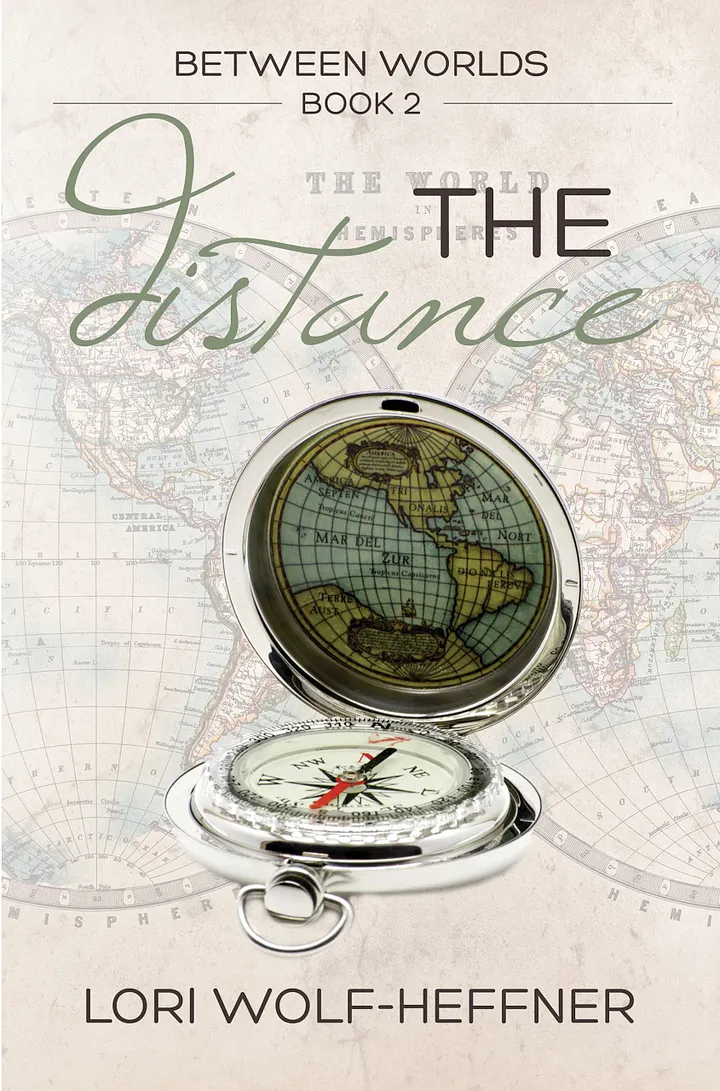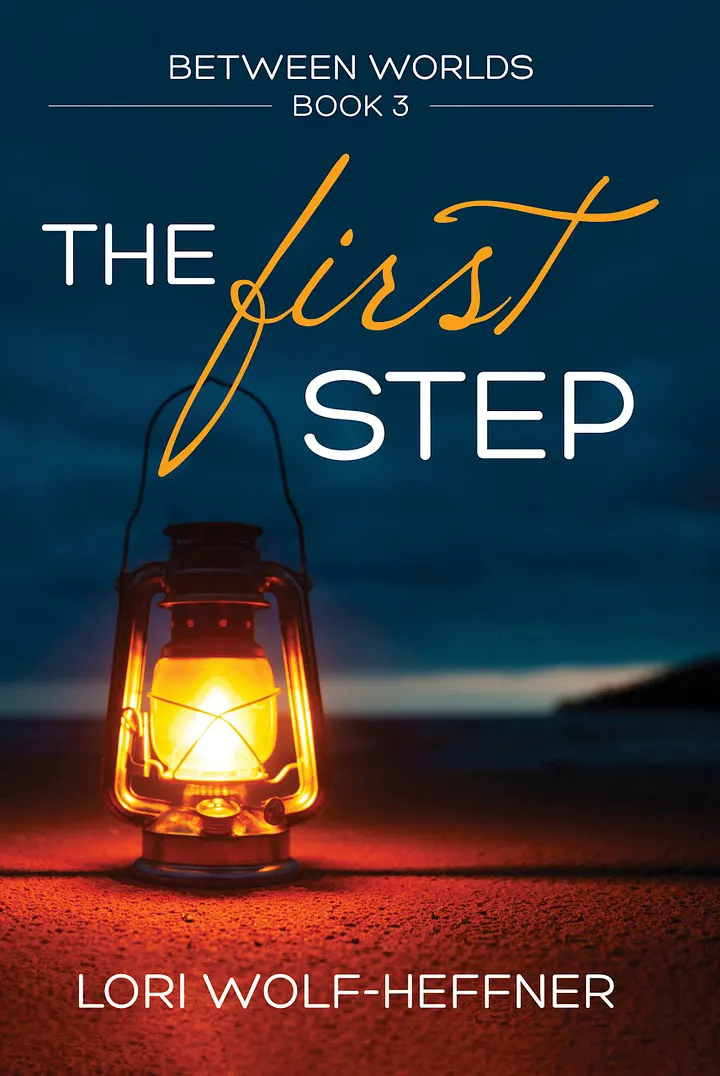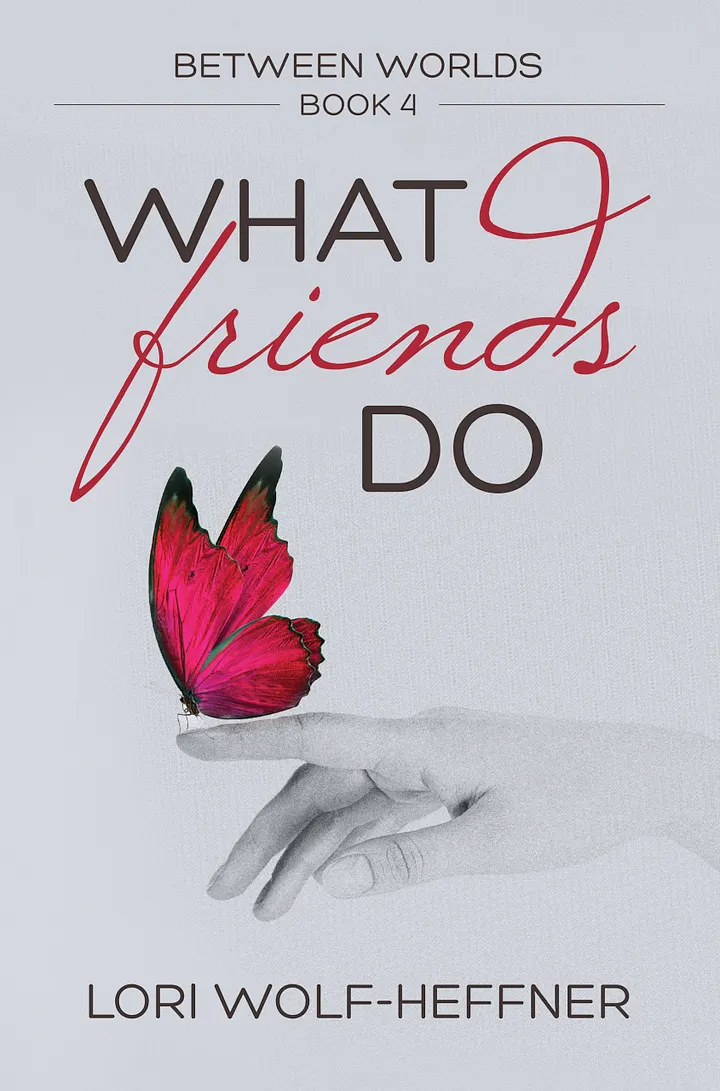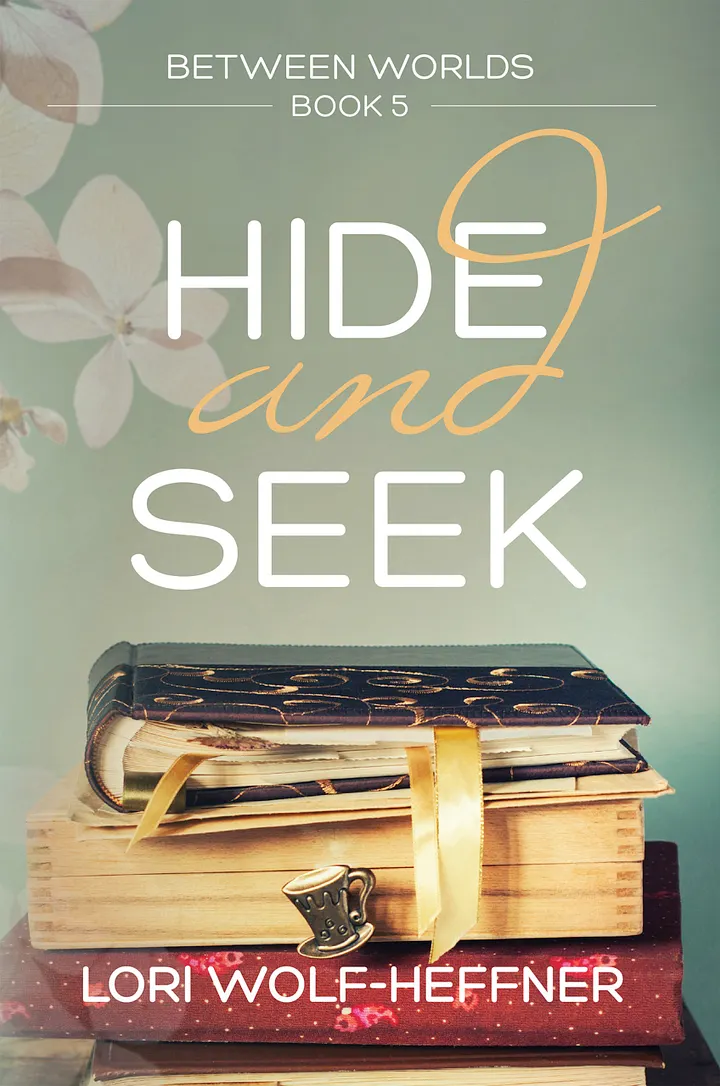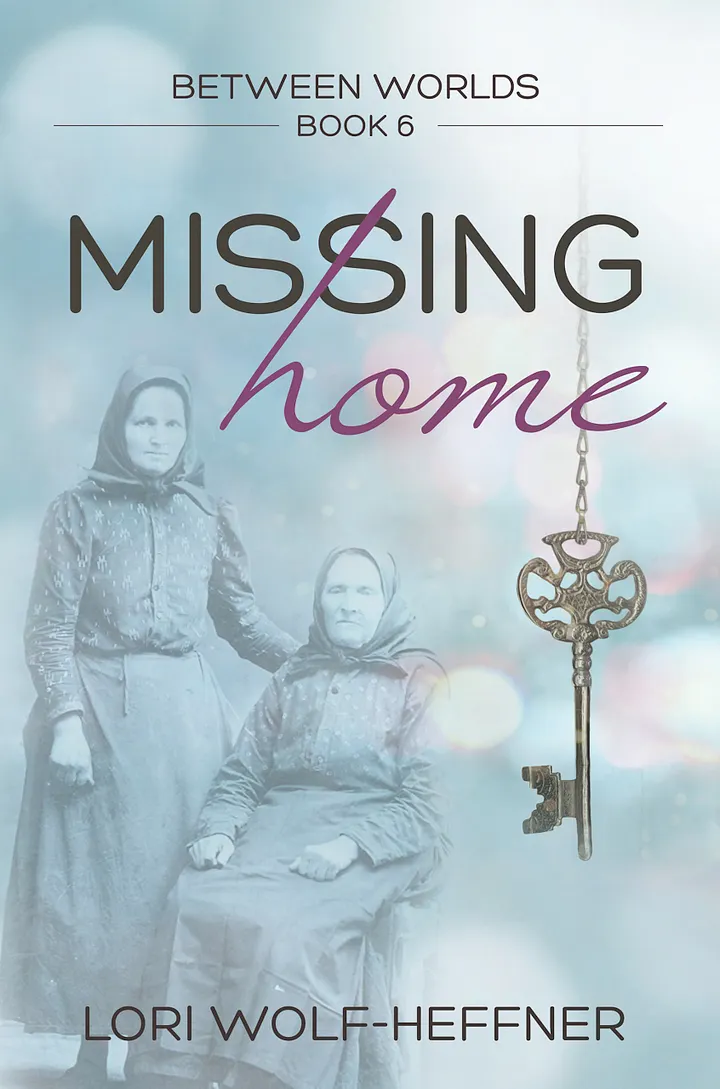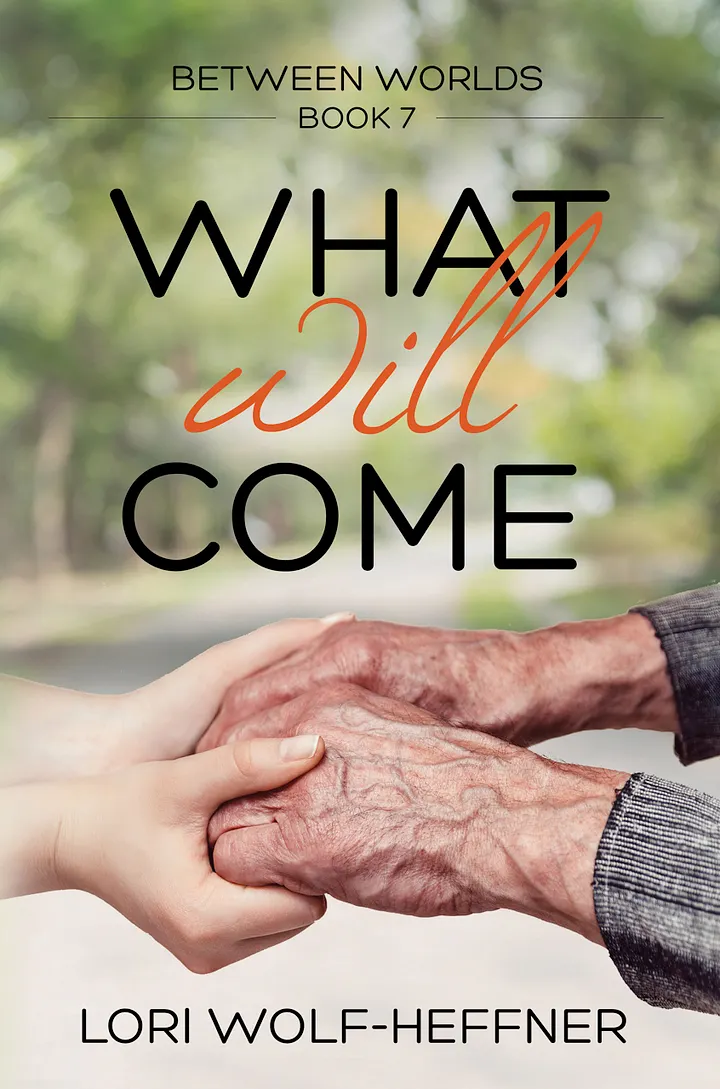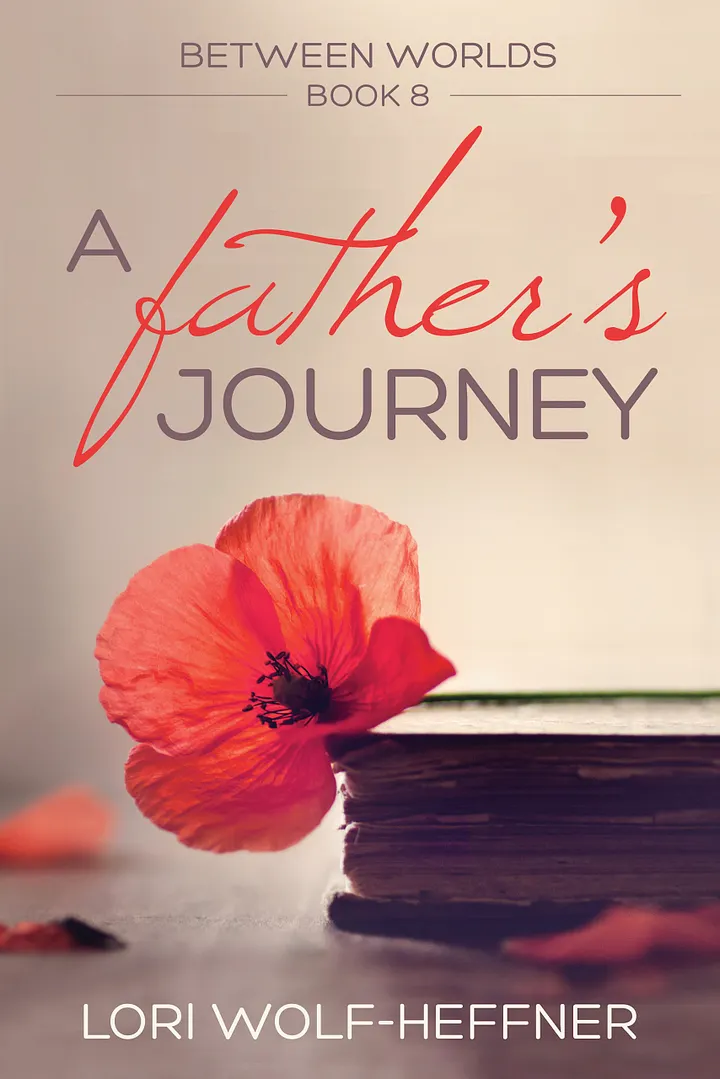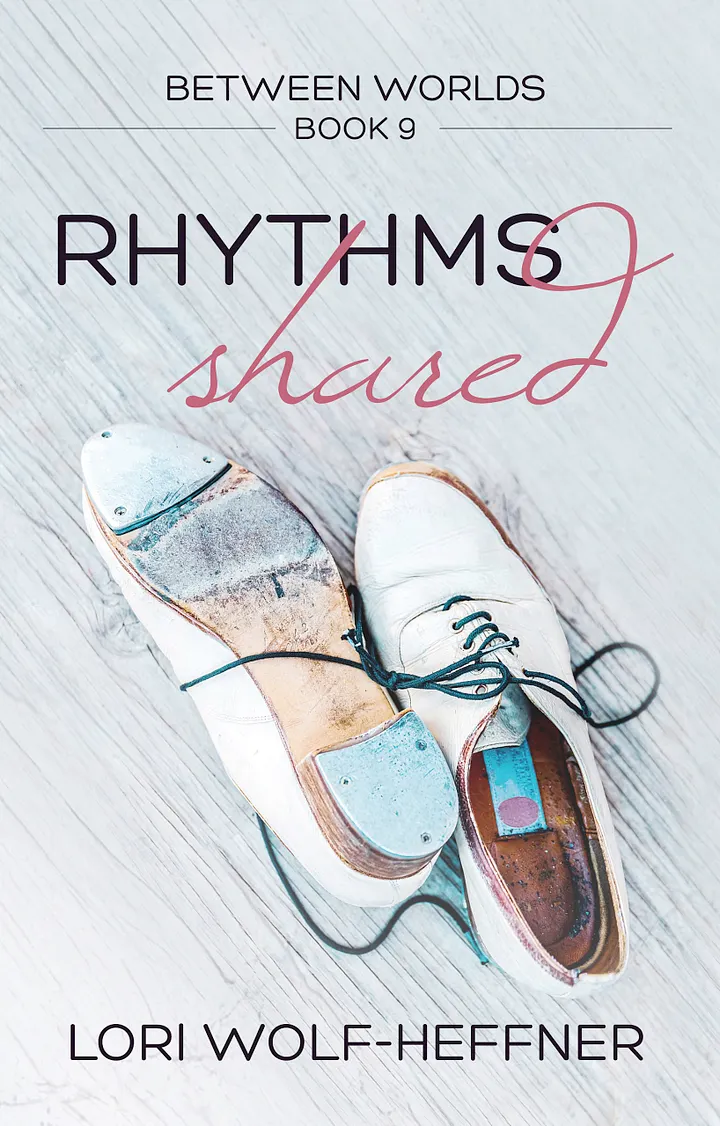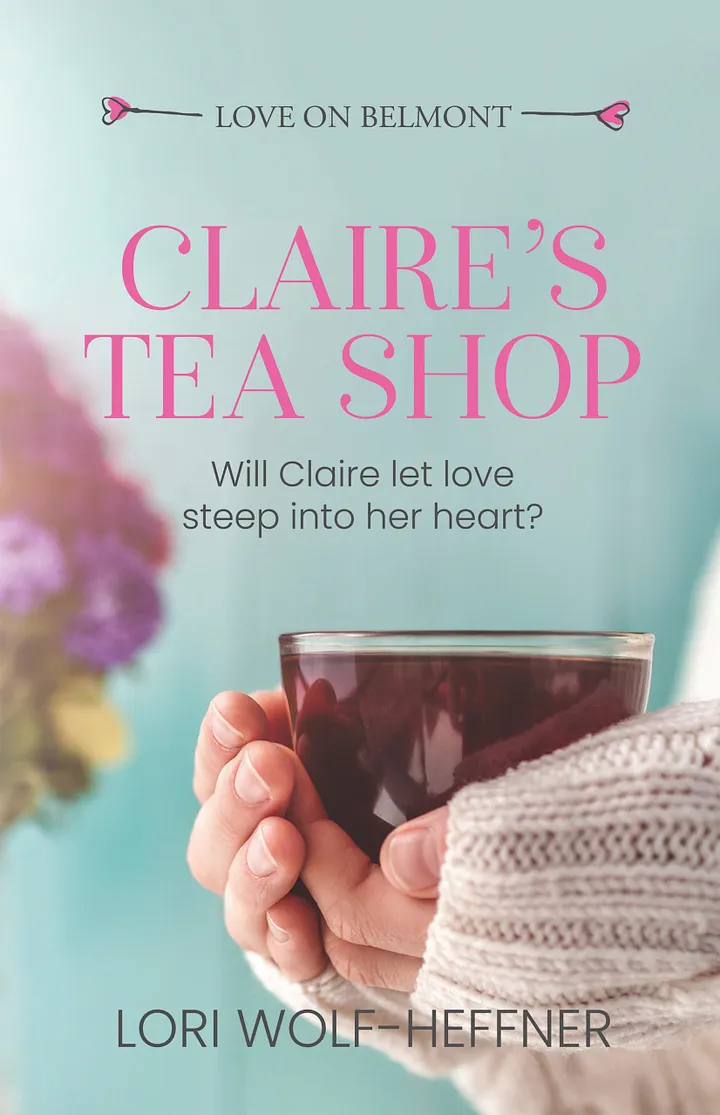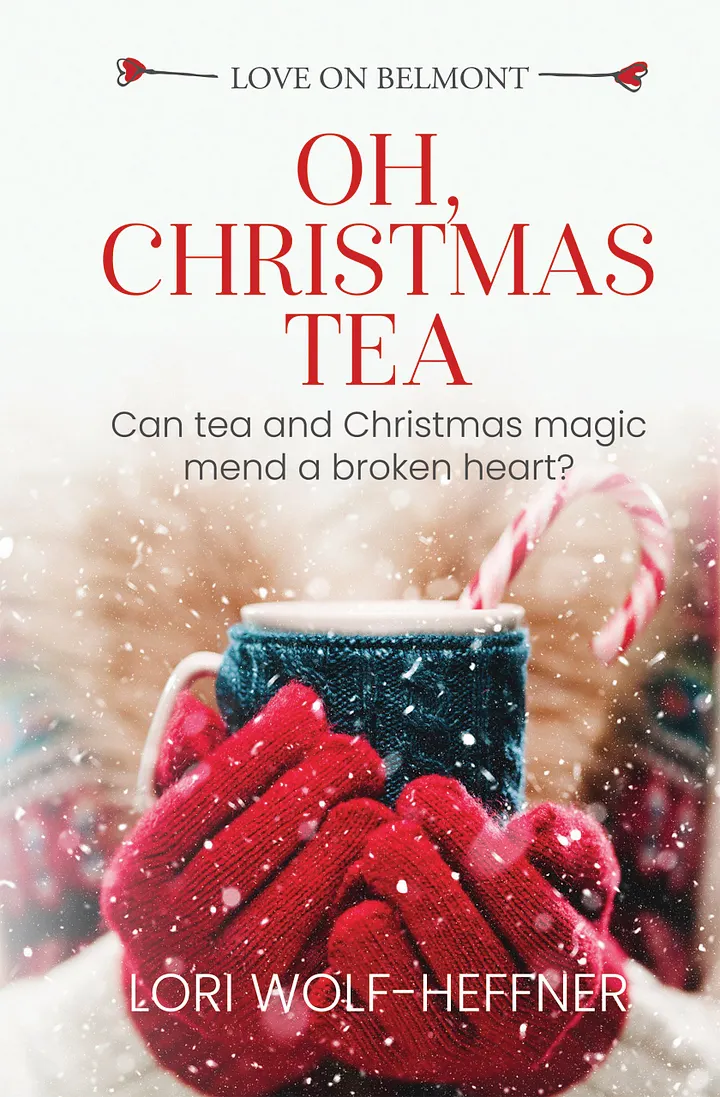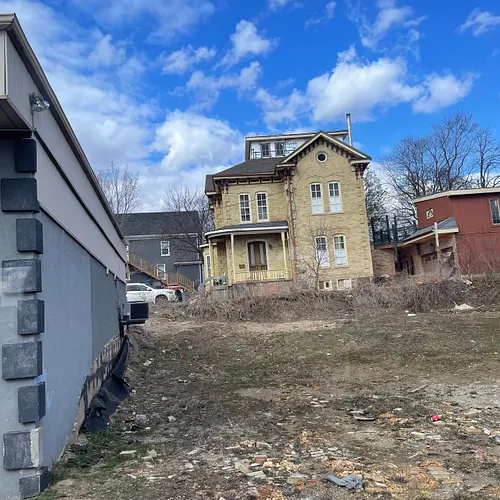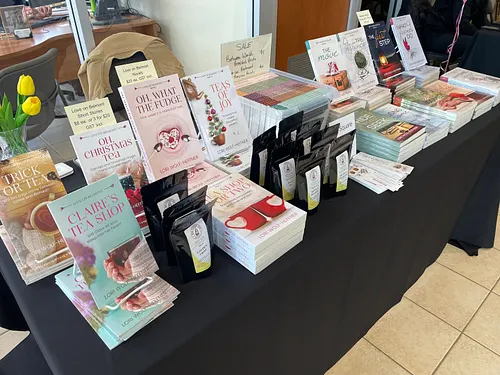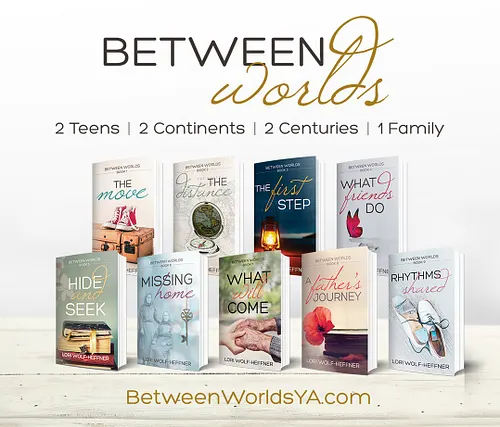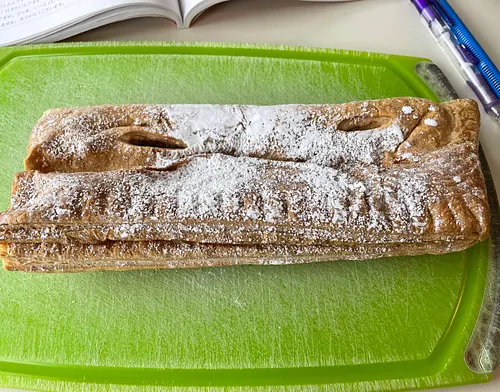Lori Wolf-Heffner
Stories about family. In all its varieties.
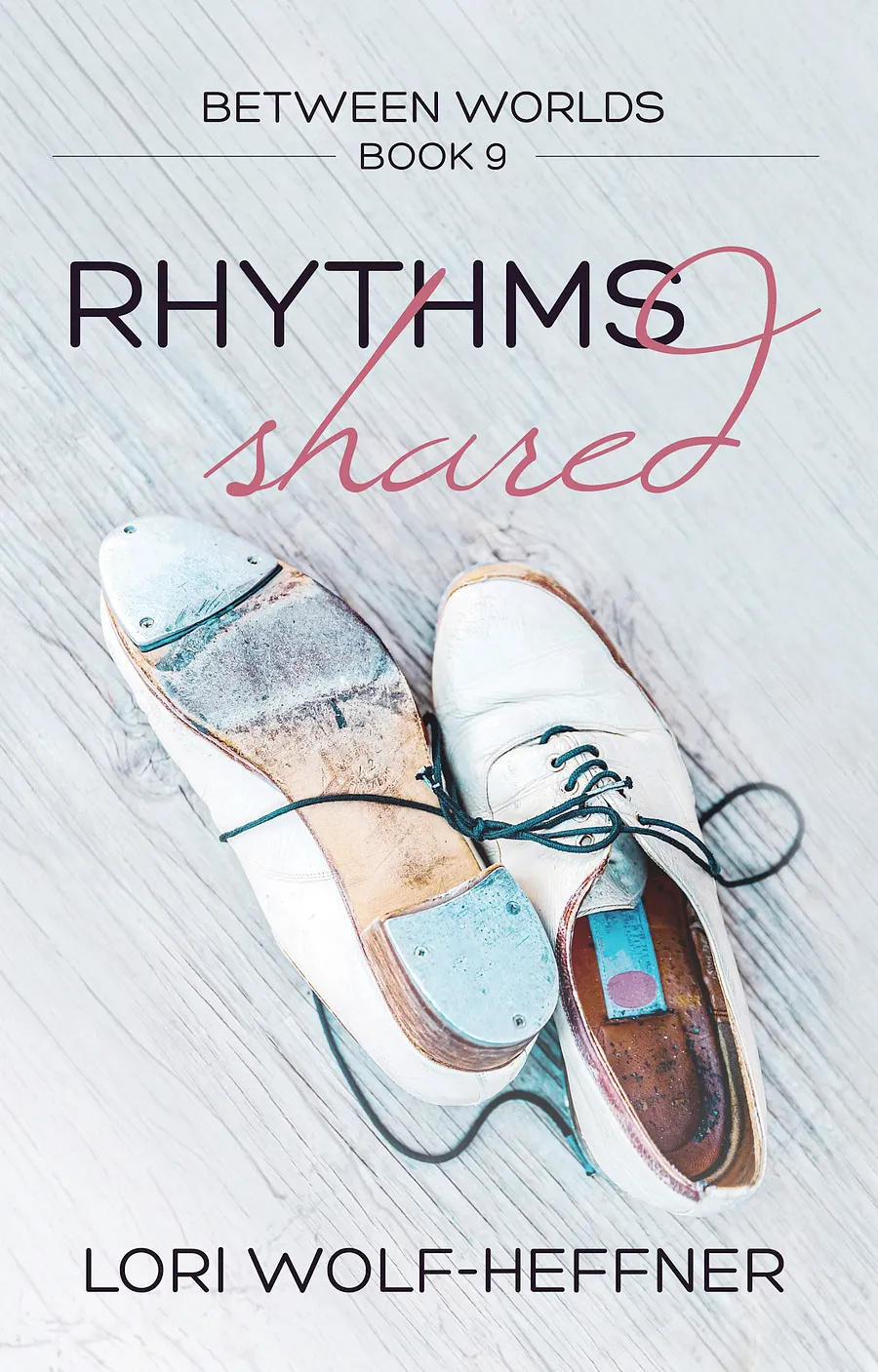
Latest Release!
A best friend’s visit, a father’s return, and a missing family treasure.
Juliana’s summer should be carefree—hanging out with her best friend from Calgary and her favourite cousin. But when Opa loses a cherished family photo, and Juliana falls behind on a summer school project about her future, her perfect week starts to unravel.
Elisabeth hopes Tata’s return from America will bring life back to how it was before the war. But after witnessing the harsh realities of the world, Tata takes the reins on his oldest daughter’s future. Elisabeth must fight to carve out a life that’s her own—one that doesn’t fit Tata’s fears.
Between Worlds 9: Rhythms Shared is the last instalment in Juliana and Elisabeth’s journey. Join them in this story of friendship, family, and the power of choosing your own path.
Canadian readers can purchase directly from Lori's website for signed copies. For import reasons, we can't ship internationally at this time. International readers can find their favourite bookseller here.
Books by Lori Wolf-Heffner
Canadian author Lori Wolf-Heffner writes young adult and sweet romance series that put the family–in all its forms–front and centre.
